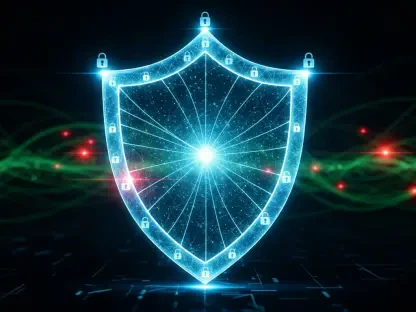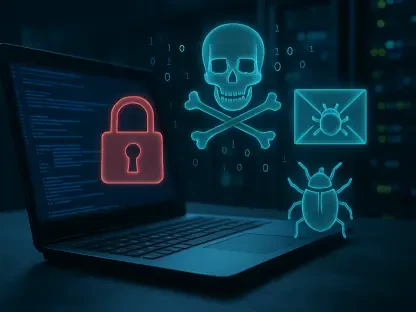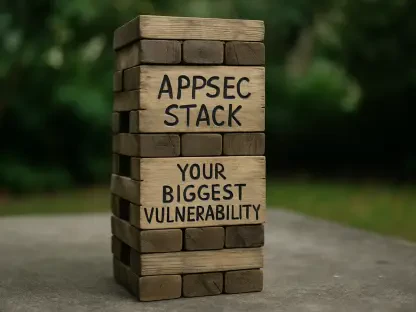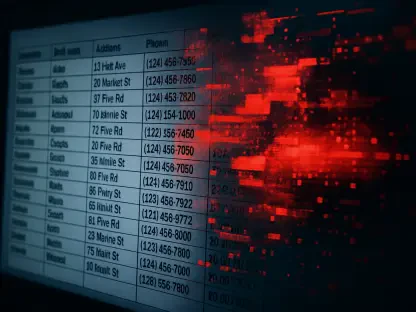Nowadays, we have to be extra careful when cruising YouTube and its millions of videos. It seems scammers are constantly coming up with new ways to trick users. Even videos with well-known, trustworthy influencers could lead you down a harmful rabbit hole. Most of these tricky websites and videos might look professional, but it’s necessary to stay alert. Con artists are getting more advanced with deepfake deception and other cunning technologies. Unfortunately, YouTube is a popular place for these dishonest activities. So, let’s traverse YouTube’s hidden dangers and hopefully learn how to avoid them.
YouTube’s Hidden Dangers
YouTube, with its extensive user base of 2.5 billion individuals, has emerged as a primary target for cyber threats. The confluence of automated advertising systems and user-generated content on this platform presents an environment conducive to malicious activities. Of particular concern is the proliferation of deepfake videos, capable of disseminating misinformation. Moreover, it is rife with fraudulent comments, perilous hyperlinks, as well as phishing and scam pages. The escalation of threats on a vast digital platform such as YouTube underscores the critical importance of exercising prudence when consuming online content, irrespective of its perceived credibility.
Social Engineering Scams Spike in the Last Quarter
Fraudsters use different sneaky methods to trick people into giving them money or private information. It is not just YouTube. Grifters focus on gaining the victim’s trust and can approach almost anyone through social media, phone calls, or in person. These types of grafts fall into a category called social engineering. And they are on the rise making up 90% of all threats on mobile devices and 87% on desktops. The aim is to trick unsuspecting users into giving away personal information and credit card details to steal their money.
In fact, these social engineering scammers are getting smarter. In addition to using classic tricks like phishing, a new trend revolves around sending fake push notifications to get people to share confidential information.
These tactics take advantage of our trust and make us act quickly, leading us to make security mistakes.
Cyber Attackers Use New Tech For Sophisticated Scams
This sophistication of conning methods on popular websites has become a major red flag for users. These scams, particularly phishing and malware, take advantage of the platform’s wide reach and automated advertising systems to manipulate and deceive viewers. Their duplicitous schemes often use user-generated content to lure unsuspecting individuals into engaging with malicious links and content. The hidden threats of YouTube are perpetually evolving. Here are some of them that you should remain vigilant and cautious about, especially when interacting with unfamiliar or questionable content.
1. Don’t Get Caught In The Scam Net
These cyber charlatans are using new tactics on the most famous video platform to trick people. Even though YouTube is trying to keep everyone safe, fraudsters are taking advantage of the site’s wide reach and automated ads. They’re using different sneaky tactics to lure people into clicking on harmful links. The problem is always changing, so it’s important for users to be careful about what they click on and watch.
2. Beware Of Tricky Links And QR Codes
The Internet is a fun, educational place in the cyber realm, but can also be a place where bad people use tricky links and QR codes to fool you into sharing personal information or making fraudulent money transactions. Usually, they involve fake sites with too many pop-ups that pretend to give away free things or offer ways to make money. So, it’s vital to check where any online requests are coming from before you share any personal information.
3. How To Recognize And Steer Clear Of Fake Videos
Scammers are also becoming increasingly proficient in creating and strategically presenting deepfakes on YouTube, adding complexity to the issue of fake videos. There are a lot of videos out there with “actors” who look like celebrities, making it harder to tell what’s real. If you see a well-known person endorsing something unusual or making a surprising claim, maybe it is just too bizarre to be real. 2024 is the year of fact-checking everything twice before believing it. One way to do this is to check the person’s official social media accounts, where they typically post genuine endorsements.
4. Tips on Avoiding Malicious Ads on YouTube
Another caveat is malvertising, which was coined from malicious advertising. Malvertising occurs when a scammer takes advantage of real ad networks to secretly deliver malware to users. This deceptive practice not only exploits trustworthy websites to spread harmful content, it is spreading like a virus across popular platforms like YouTube. To protect yourself from accidentally clicking on malicious ads, you should use ad blockers and security software.
5. Catfishers Try To Infiltrate People’s Hearts And Wallets
The number of deceptive campaigns that focus on people’s dating profiles, preferences, and profiles is on the rise as well. “Catfishers” have always existed, even before the Internet, but until recently, they mainly pried on the emotions of their love interests.
Nowadays, dishonest people create fake personas to build seemingly genuine relationships with a pen pal or an online lover. They do everything to spark a deep connection in their victims and then they defraud them. Unfortunately, this deceitful behavior is often fully backed by aggressive marketing campaigns on websites featuring adult content. Their tactics revolve around bombarding visitors with pop-up ads and directing them to deceitful dating services. The best way to prevent catfishing is to avoid adult content and meet people in real life, although luck is never guaranteed.
6. Emerging Patterns in Ransomware Attacks
In late 2023 and early 2024, the number of publicly reported ransomware victims decreased by 22% in this time (QuoIntelligence). Several factors contributed to this, including actions by law enforcement and Ransomware-as-a-Service (RaaS) operators conducting exit scams on their partners. These exit scams, along with more victims choosing not to pay ransom, led to a 32% drop in ransom payments.
How to Protect Yourself
No matter what, remain cautious and check if emails and partnerships are real before you download any software or click on links you don’t recognize.
To protect yourself from new dangers, stay informed about the latest tricks and online risks spreading through platforms like YouTube.
To increase your online safety, think about using cybersecurity software that can block harmful ads and websites.
If you see something suspicious on a website, use the reporting tools to flag it. This helps keep the platform free from possible dangers.
Here are some steps you can take to protect yourself from cyber-attacks.
- Any sort of links, attachments, and downloads that pop up on YouTube could be just Trojan horses carrying malicious software. Make sure to always check if a link is real before clicking on it.
- When you create passwords, don’t be lazy and use the same combination of words and numbers everywhere. Make them longer and more complex to make them hard to crack. Also, make sure you save a different password for each account.
- Multi-factor authentication will be a lifesaver for your accounts. So far, it has proven to be a very safe and reliable way to keep your profiles protected from unauthorized access.
- Always check that the websites you use have “HTTPS” in the web address when you’re giving or getting personal information. Don’t use websites with invalid security certificates, as they might not be safe for sending sensitive data.
- Keep your antivirus software current by regularly installing new features and updates.
- Address your IT department about any suspicious occurrences. This could be anything from strange emails to files or links. Your company’s IT department is there to help keep your digital environment safe.
Conclusion
As you can see, in this cyber jungle we call YouTube, things aren’t always what they seem, but we still have ways to find out what’s true and what’s not. Cybercriminals are constantly looking for ways to trick people. This most prominent online video community is just one of the many places scammers abuse to deceive people. Therefore, stay alert and informed, so you can protect yourself from falling victim to their deceitful ways and tricky attacks. When we understand cyber threats, we can learn how to deal with them swiftly and help make the world a safer place. Stay safe!









